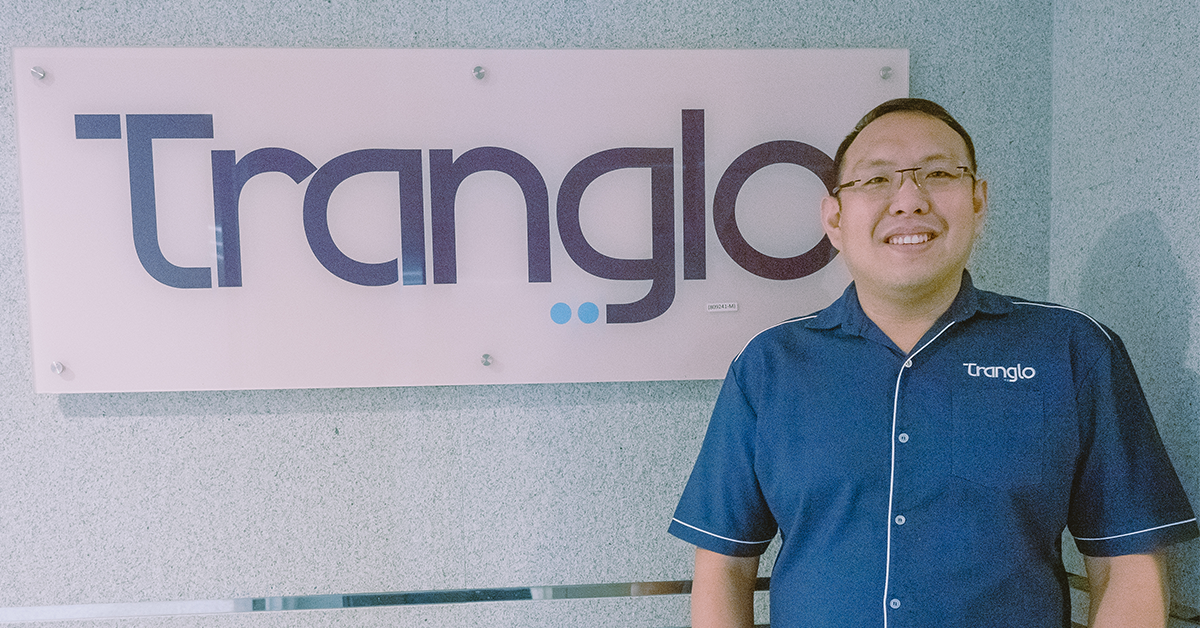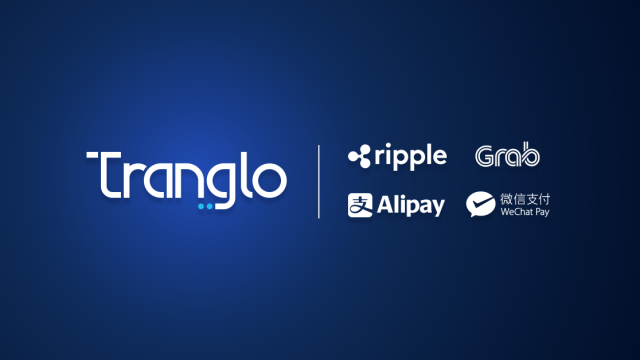In 2013, airtime transfer was our chief business driver. A year later, shift in market demands, coupled with the then unprecedented global oil crash (oil cost just USD60 a barrel in December 2014 compared with USD100 in July) and the Eurozone economic slowdown, forced a seismic change within the industry.
We had to reposition ourselves, so we embraced cross-border payments. We knew the margins were there.
Our growth figures with fintech unicorns show that we were spot on.
A 3000% growth
In 2014, we moved USD87 million in transactions. In 2015, FX fluctuations, in which the US dollar strengthened significantly against the Malaysian ringgit from USD1:MYR3.3 to USD1:MYR4.2, distorted our product margin and affected our bottom line. As a result, we processed just USD13 million more than the previous year.
We consolidated our investments, redrew our entire business model and reworked expenses. In 2021, we bounced back with a whopping USD3.3 billion processing value.
How did we achieve 3000% growth in 6 years?
A plethora of partnerships
Having a strong foundation for business readiness certainly helped. We were ready for the latest changes to market demands. We pioneered a new technology (single API connection and smart settlement) that transformed cross-border payments. We were ready to increase our top line substantially, growing from 400 partnerships signed in 2014 to over 1000 in 2021.
When fintech unicorns and e-commerce giants like Alipay and WeChat Pay knocked on our doors, fintech portal e27, in a March 2020 article, asked our Group CEO, Jacky Lee, about Tranglo’s entry into the Chinese heartland with the two partnerships.

He said then: “When you look at the customer and growth numbers of Alipay (over 1.2 billion) and WeChat Pay HK (over 400,000), they are the most direct route to the heartland of the Chinese payment industry. The Chinese diaspora around the world is increasing too, and we see a huge potential in terms of processing value.”
Tapping into China’s position as the second largest remittance market in the world has enabled us to do something nobody has done before: enhancing and cementing a rare regional expertise by bridging the gap between the old and the emerging payment corridors in Asia Pacific.
A silver lining
To say 2020 and 2021 were unforgiving years is an understatement. Ravaged by the COVID-19 pandemic, the world stood still amidst government-enforced lockdowns. Many lost their jobs and global income numbers plummeted.
But we were again prepared. While the World Bank, in an April 2020 report, predicted that global remittances would decline by 20%, we knew digital purchases would soar and took advantage of that through our early digital adoption.
In 2020, Tranglo processed USD2.64 billion in cross-border transactions compared with USD2.25 billion in 2019. Our stability had protected our core revenue streams from the brunt of the pandemic, allowing us to achieve modest growth.
A digital era
To protect our margins, 90% of our business comes from abroad. When most industries were scrambling to develop a technological infrastructure, our 10-year digital roadmap gave us a platform to weather the storm. We knew we had to get digital right the first time. Put it simply, we preempted the decline in traditional remittances by concentrating our resources on digital adoption and alternative growth channels.
We were one of the earliest adopters of API integration in the region, providing more payout methods in a wireless era. With cybersecurity in the spotlight, we made sure to maintain world-class compliance standards.
When the Malaysian government announced a movement control order in March 2020, we let our staff work from home for 2 months. When Malaysians were allowed to go back to the office, we let our staff stay home if they felt it was safer that way. Yet our productivity never dipped.
And we continue to practise this flexibility today. Our business remains robust and our ability to withstand shocks comes from a core business model that balances business appetite and risks, a trait that fintech unicorns find attractive.
While it is important that we continue to grow our digital footprint, we haven’t forgotten our oldest friends. A significant percentage of remittances to developing countries still go through traditional hubs via cash payout, so we continue supporting their initiatives through collaborative marketing like this campaign with Cebuana Lhuillier, and similar tie-ups with M Lhuillier and Palawan Pawnshop.
A sustainable pursuit
We are a self-sustaining business, but we are not unambitious. In one of the biggest fintech news of 2021, Ripple acquired a 40% stake in Tranglo, heralding the dawn of cryptocurrency-enabled settlement and blockchain-powered payments.
The pilot On-Demand Liquidity1 (ODL) deployment in September 2021 was a resounding success, with over 250,000 transactions worth USD48 million processed in the first 100 days.
At the same time, expansions into China, Myanmar and to Africa and Latin America allowed us to create an improved end-to-end payment integration, making it even easier for potential partners and fintech unicorns to onboard and enter markets rapidly.
The pandemic has placed the payments industry in an exciting crossroad. Digital demands have spurred game-changing innovations and many continue to struggle to adapt.
That is why we continue to push stability as a key factor for growth. We are a firm believer of self-sustainability, especially in an era of uncertainties. We may have gone global, but we remain very much the same regional homeboy businesses have come to trust over the years.
1 ODL leverages the digital asset XRP to facilitate low-cost cross-border payments on RippleNet, Ripple’s global financial network. Customers using ODL will not need to pre-fund accounts, allowing them to free up working capital to grow their business.







